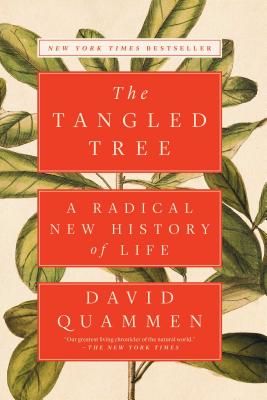
description
tseller and longlist nominee for the National Book Award, "our greatest living chronicler of the natural world" (The New York Times), David Quammen explains how recent discoveries in molecular biology affect our understanding of evolution and life's history. In the mid-1970s, scientists began using DNA sequences to reexamine the history of all life. Perhaps the most startling discovery to come out of this new field--the study of life's diversity and relatedness at the molecular level--is horizontal gene transfer (HGT), or the movement of genes across species lines. It turns out that HGT has been widespread and important; we now know that roughly eight percent of the human genome arrived sideways by viral infection--a type of HGT. In The Tangled Tree, "the grandest tale in biology....David Quammen presents the science--and the scientists involved--with patience, candor, and flair" (Nature). We learn about the major players, such as Carl Woese, the most important little-known biologist of the twentieth century; Lynn Margulis, the notorious maverick whose wild ideas about "mosaic" creatures proved to be true; and Tsutomu Wantanabe, who discovered that the scourge of antibiotic-resistant bacteria is a direct result of horizontal gene transfer, bringing the deep study of genome histories to bear on a global crisis in public health. "David Quammen proves to be an immensely well-informed guide to a complex story" (The Wall Street Journal). In The Tangled Tree, he explains how molecular studies of evolution have brought startling recognitions about the tangled tree of life--including where we humans fit upon it. Thanks to new technologies, we now have the ability to alter even our genetic composition--through sideways insertions, as nature has long been doing. "The Tangled Tree is a source of wonder....Quammen has written a deep and daring intellectual adventure" (The Boston Globe).
member goods
No member items were found under this heading.
listens & views

FAMOUS MUSIC FOR BRASS (JEWL)
by GUTTLER / LUDWIG GUTTLER BRASS ENSEMBLE / GABRIELI
COMPACT DISC$17.75
Return Policy
All sales are final
Shipping
No special shipping considerations available.
Shipping fees determined at checkout.






